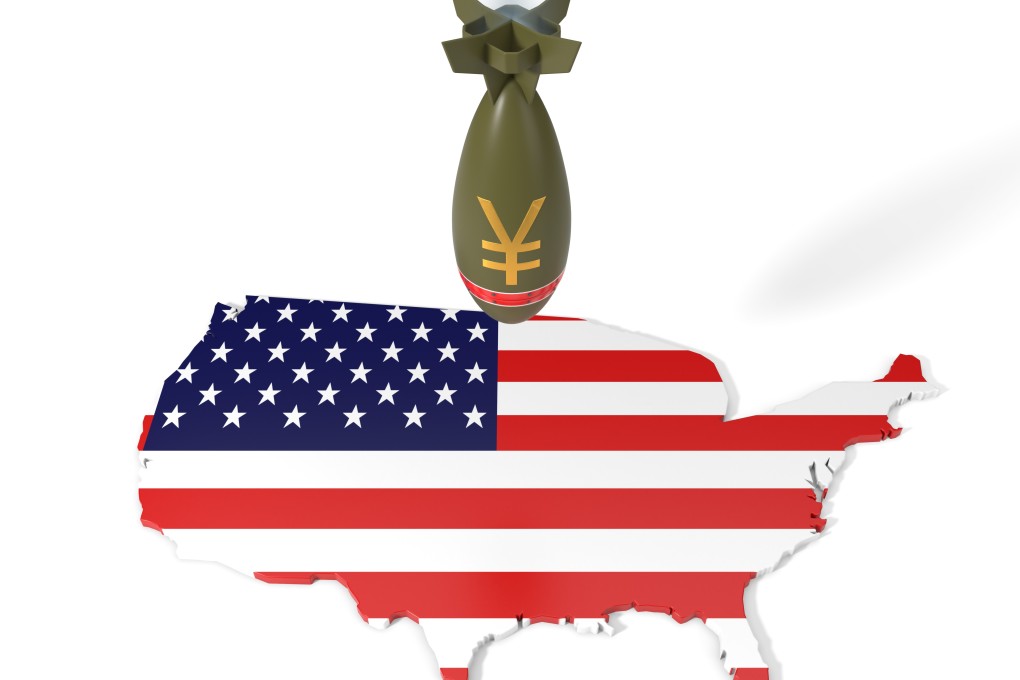Will a falling yuan ‘torpedo’ China’s trade talks with the US?
- The currency has hit a 4-month low this week as tensions escalated between the world’s two biggest economies
- A further slide of the yuan below 7.00 to the dollar could counter a new 25 per cent tariff on US$300 billion of Chinese goods exported to the US

The value of China’s yuan dropped to a four-month low against the US dollar this week after the latest flare-up in US-China trade tensions as a promise by Beijing that it will not use depreciation as a tool to fight the trade war did little to allay investor concerns.
The Chinese currency’s 2 per cent decline over the last two days to around 6.90 has pared much of this year’s gain on a strengthening view that Beijing might let the exchange rate weaken as part of its retaliation to mitigate the hardship from higher US tariffs and to spur exports to arrest an already slowing economy.
Any further depreciation, analysts warned, would also test policymakers’ resolve to prevent volatility in the partially convertible currency from spilling over to other Asian and global financial markets.
At China’s Belt and Road Forum in April, President Xi Jinping promised that China would keep the yuan stable “within a reasonable range” and would not engage in any “beggar-thy-neighbour” currency devaluation.
So as long as Chinese authorities think that a trade deal was still possible, China would support the yuan’s exchange rate, analysts said.